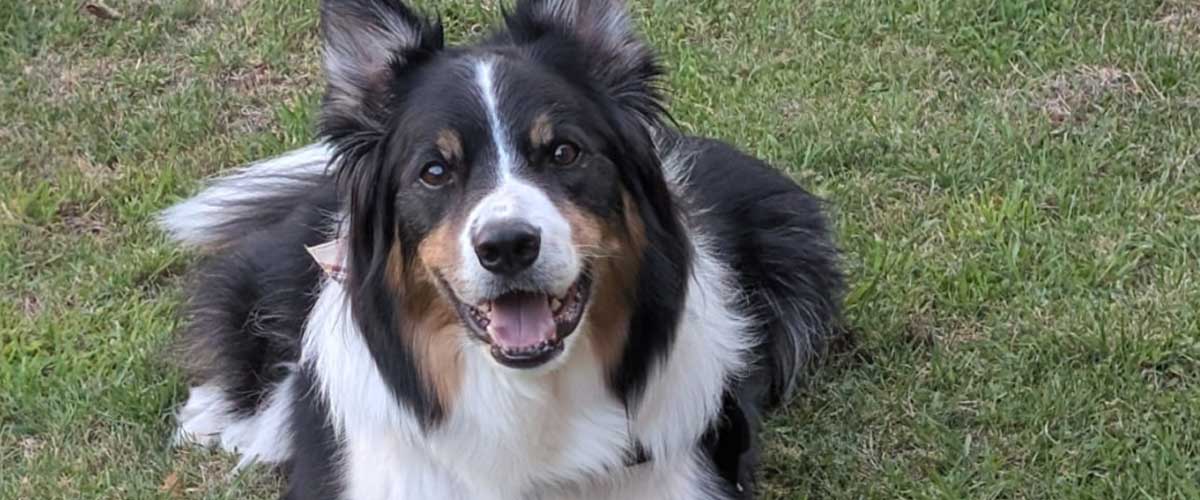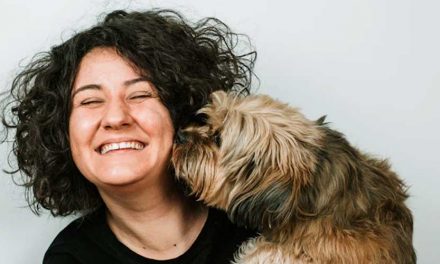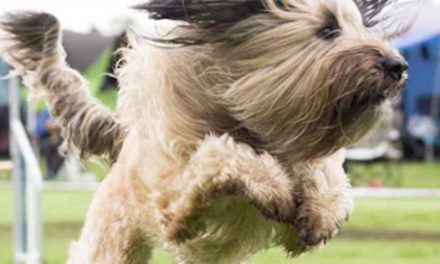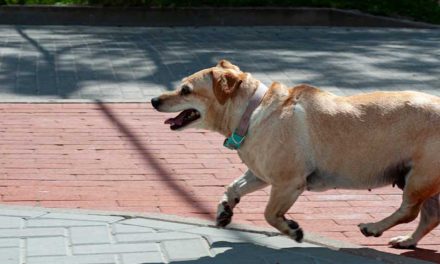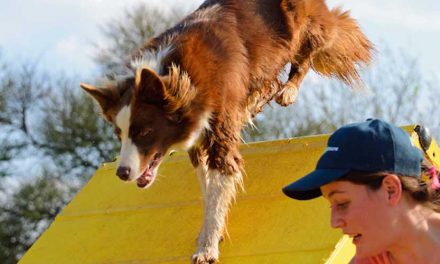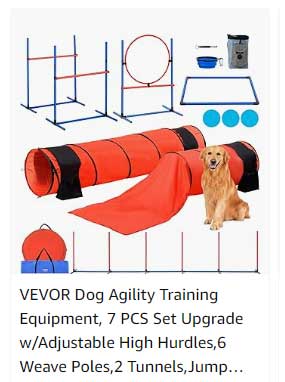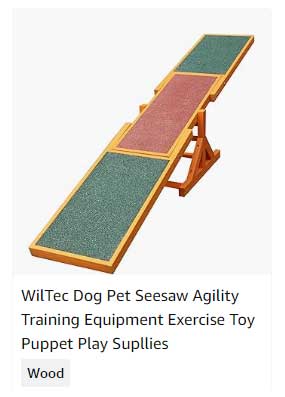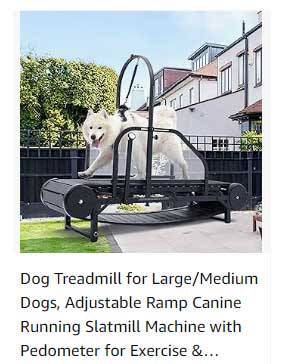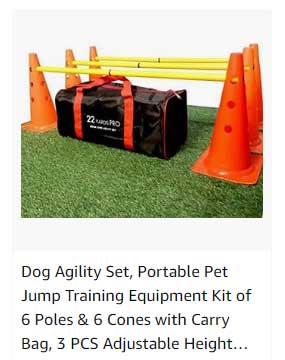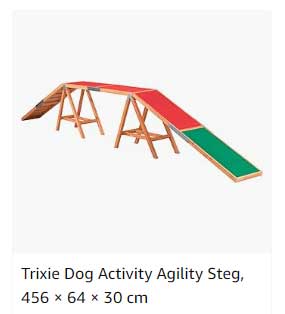As pet owners, we constantly seek ways to keep our furry friends active, engaged, and mentally stimulated.
One exciting way to achieve this is by creating a DIY agility course using items readily available around the house.
Not only does this provide an excellent outlet for energy, but it also strengthens the bond between you and your dog through fun and interactive activities.
Here’s how to set up an agility course that’s both exciting and safe for your canine companion.
Step 1: Gather Your Materials
Start by looking around your home and yard to collect items that can be repurposed for agility training.
Here are some ideas: –
Chairs or Tables:
These can serve as obstacles for your dog to weave around or jump over.
Hula Hoops:
These can be used for jumping through or even as a tunnel if laid flat.
Broomsticks or PVC Pipes:
Balance these on two chairs to create hurdles for your dog to jump over.
Cushions or Blankets:
Set these on the ground to create a soft surface for areas where your dog might land.
Cardboard Boxes:
These are great for creating tunnels or barriers.
Rugs:
Lay them down to indicate zones or transitions in your course.
Get creative with your selections, but also ensure that the items are safe for your dog to navigate.
Avoid anything that could easily tip over or cause harm.
Step 2: Design the Course Layout
Once you have your materials, it’s time to design the course.
Start by sketching a basic layout on paper.
Think about the flow of the course and how your dog will move from one obstacle to the next.
Here’s a simple example of how to arrange your course:
1. Start Line:
Designate a clear starting point where your dog will begin.
2. Jumping Hurdles:
Position broomsticks between chairs at varying heights for your dog to jump over.
3. Weave Poles:
Use upright items like garden stakes or chairs spaced closely together for your dog to weave between.
4. Tunnel:
Lay a hula hoop on the ground, or create a tunnel with cardboard boxes for your dog to run through.
5. Balance Beam:
If you have a sturdy plank, you can use it as a small balance beam for your dog to walk across.
6. Finish Line:
Mark the end of the course with a fun treat or favorite toy.
Step 3: Train Your Dog
Before you let your dog loose on the course, it’s crucial to introduce each obstacle to them individually.
Use treats and positive reinforcement to encourage your dog through each section.
Here are some tips for training:
Start Slow:
Allow your dog to get familiar with each obstacle.
Use treats and praise to motivate them.
Use Commands:
Establish verbal cues for actions like “jump,” “weave,” or “through.” This will make it easier to guide your dog once they understand the course.
Practice:
Repeat each segment several times until your dog feels comfortable moving from one obstacle to the next.
Be Patient:
Not all dogs will pick up on the agility course immediately.
Be prepared to give them time and encouragement.
Step 4: Add Variety
Once your dog has mastered the basic course, you can add more complexity or new challenges.
Change the order of the obstacles, introduce new items, or increase the difficulty by raising hurdles or shortening the distance between obstacles.
Keeping the course fresh will help prevent boredom and maintain your dog’s interest.
Step 5: Safety First
Always prioritize your dog’s safety.
Ensure that the materials used are stable and won’t hurt your dog if they stumble or fall.
Monitor your dog’s behavior and watch for signs of fatigue or stress.
If your dog shows any signs of discomfort, take a break or adjust the obstacles as needed.
Conclusion
Creating an agility course with household items is not only a fun way to keep your dog active but also an excellent opportunity for bonding through play.
With a little creativity and patience, you can transform your home into an engaging playground that will provide hours of fun for both you and your furry friend.
So gather your materials, design your course, and let the agility training begin!
Photo is of Flynn, from Crewe, Cheshire, UK

